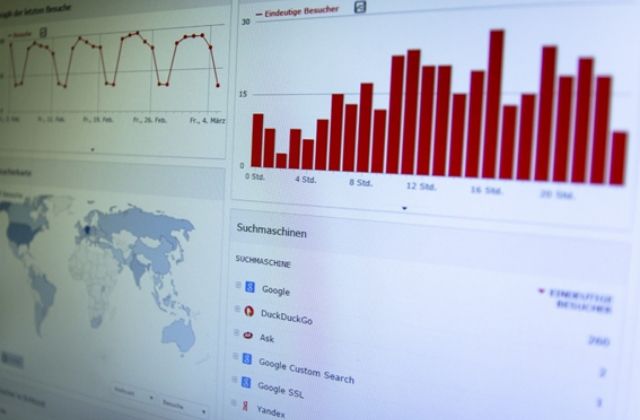Data analysis is constantly changing, and companies need to keep up with the times to stay relevant. In this article, we highlight five crucial trends in data analysis.

1. The rise of big data
Over the past few years, a massive influx of data has been produced across all fields, from finance to medicine. This is known as the ‘big data trend, and it’s increasing thanks to increased access to technology and better software for exponentially handling large sets of information. Data from today isn’t just from surveys or interviews anymore – it can include anything from satellite images, social media posts, product reviews… you name it! Therefore it’s more important than ever for companies to have skilled data scientists who can turn these new sources into something that can be understood and changed for the better. It is important to use salesforce data backup and restore.
2. The use of data to gain competitive advantage
One interesting fact about big data is that it can often tell us things we didn’t know before, giving companies a huge advantage over their competitors. It’s kind of like a treasure hunt: with all this new information waiting to be found, who knows what exactly you’ll find? Analyzing all types of data can help produce new insight and reduce risk or opportunity – and that’s why firms are increasingly turning to predictive analytics rather than sticking with more traditional models.
3. Demand for self-service tools increases
Companies are increasingly turning to data lakes to manage the influx of big data from across different teams. A data lake is essentially a single repository where all types of unstructured data can be stored, which means that it’s available for any type of analysis. This is very different from the traditional model of creating separate repositories for each area. It allows teams to access and use information relevant to their work quickly and efficiently. This has been done in some companies by moving away from more centralized models towards ‘self-service’ tools, where employees can share or distribute new data through the company without needing IT support.
4. Visualization gets better & easier
One downside of having so much information at our fingertips is that people don’t always know what questions they should ask. To solve this problem, more and more companies are turning to visualization. Data visualization makes it easier for people from across the organization to understand their data by using interactive graphs and charts – this could be anything from a map that shows customer activity in different areas around the country to a chart that reveals information about a new product launch. Not everyone can make sense of these tools without some guidance – which is why in-house experts will need to step in when necessary.
5. The use of advanced models
Big data has been so popular recently that many modern techniques have been developed solely for large sets of complex information. Methods such as support vector machines or generalized linear models can turn even the most complex data into something that can be easily understood which gives these types of analysis a huge advantage.
However, it’s important to remember that they are only effective if the right variables are chosen – which is why it’s still crucial to have skilled data scientists on hand who understand the limitations of these models and what inputs will ultimately lead to valid results.

